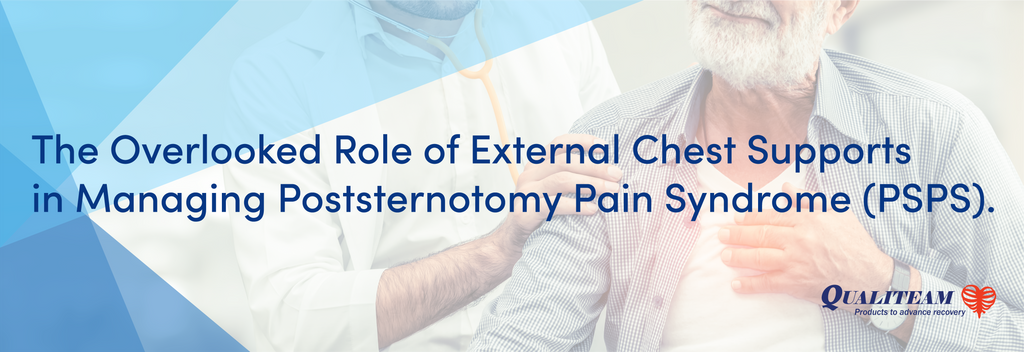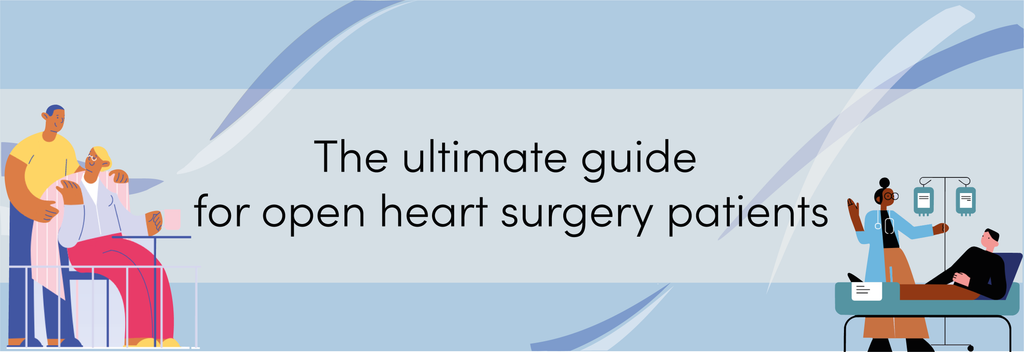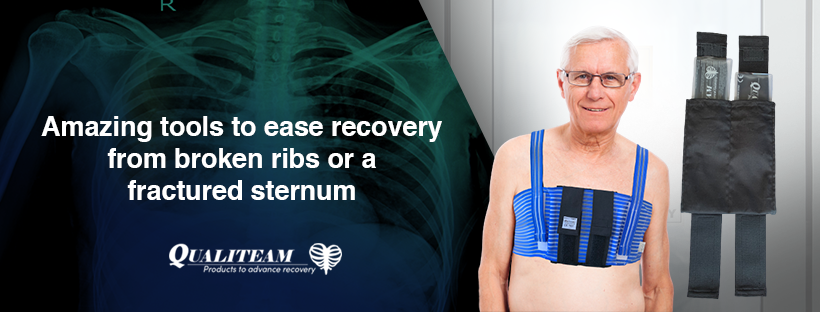 Poststernotomy pain syndrome (PSPS) is a common issue for many patients recovering from heart surgery. Defined as pain lasting more than three months, PSPS affects between 10% and 67% of patients. These numbers may be underestimated because many patients, grateful...
Poststernotomy pain syndrome (PSPS) is a common issue for many patients recovering from heart surgery. Defined as pain lasting more than three months, PSPS affects between 10% and 67% of patients. These numbers may be underestimated because many patients, grateful...




